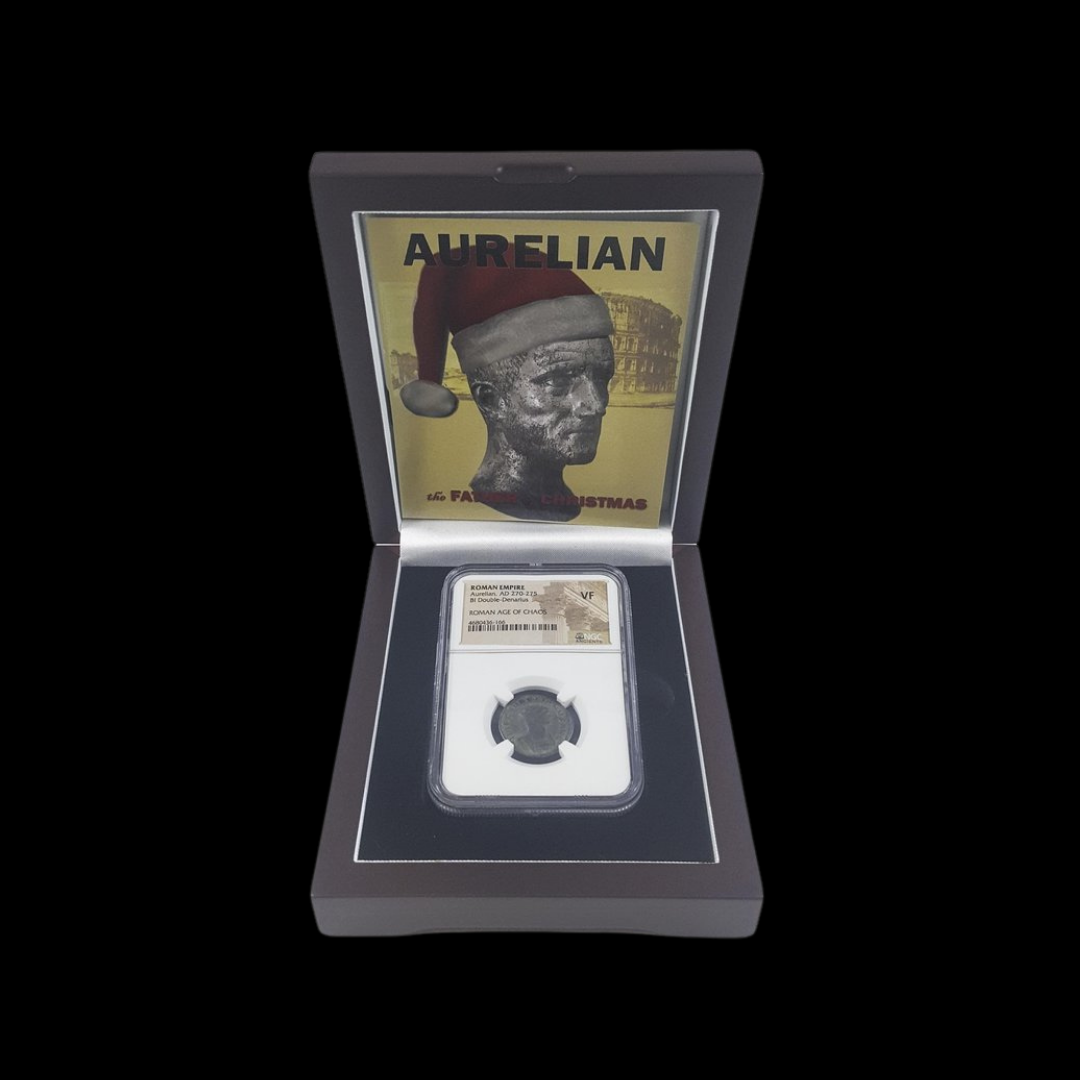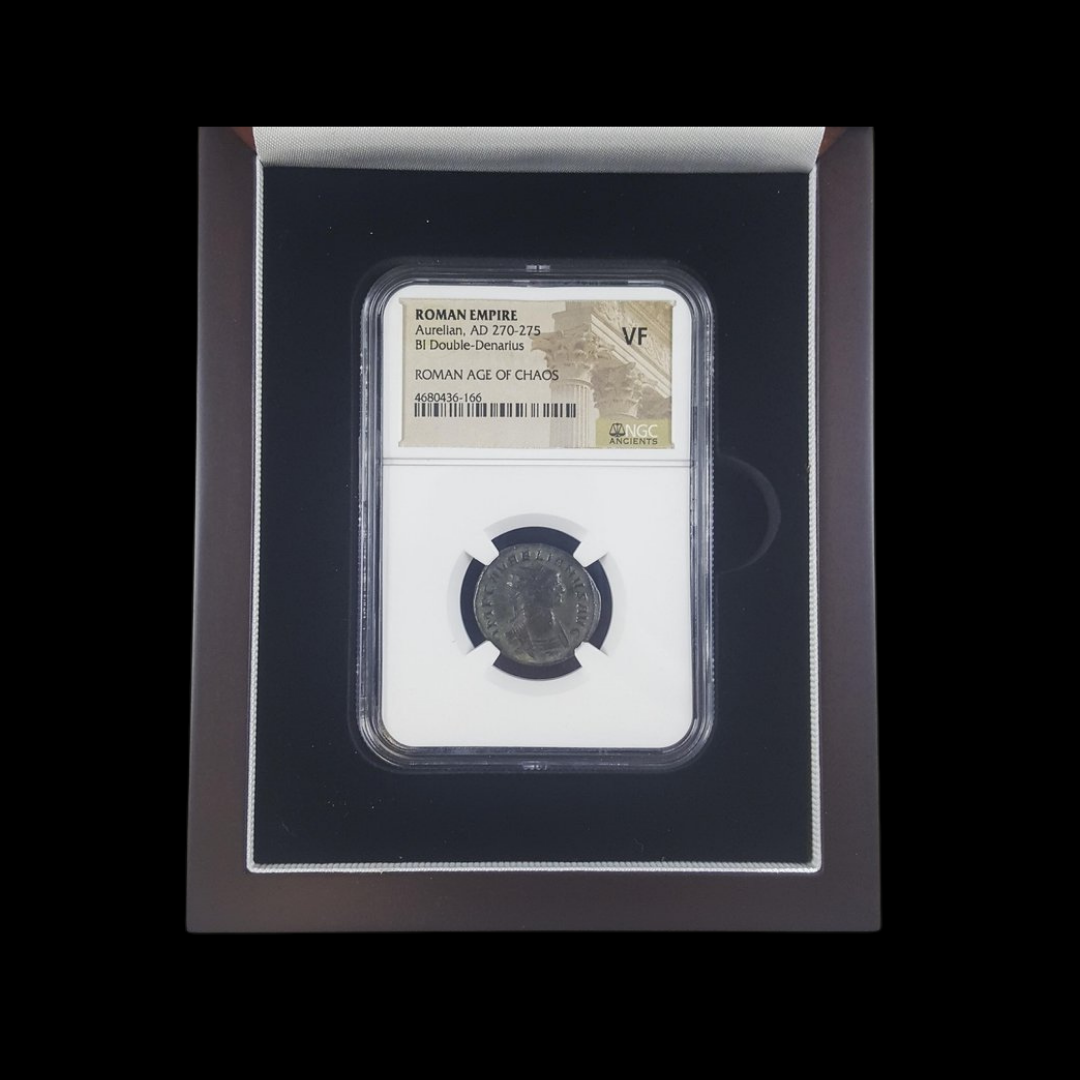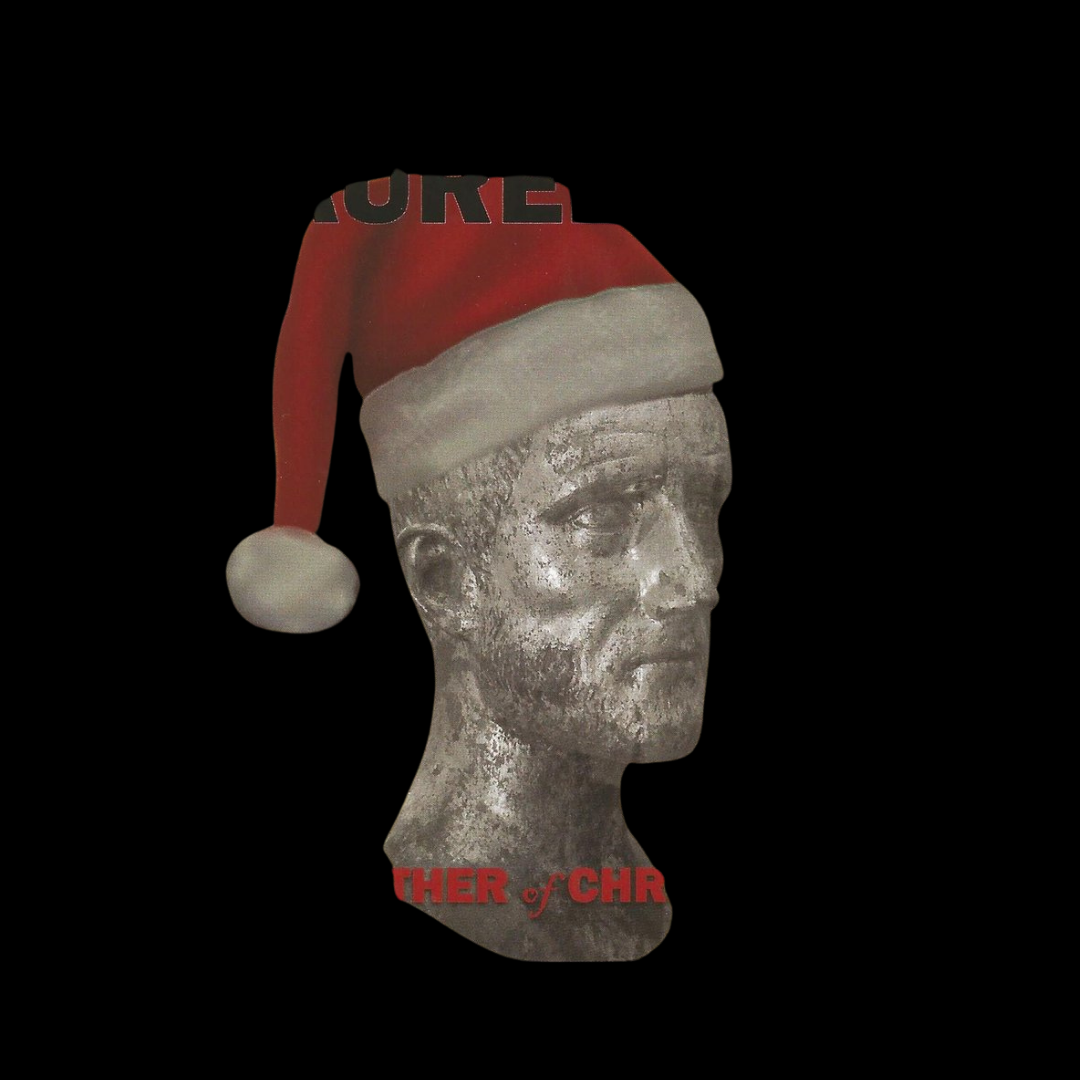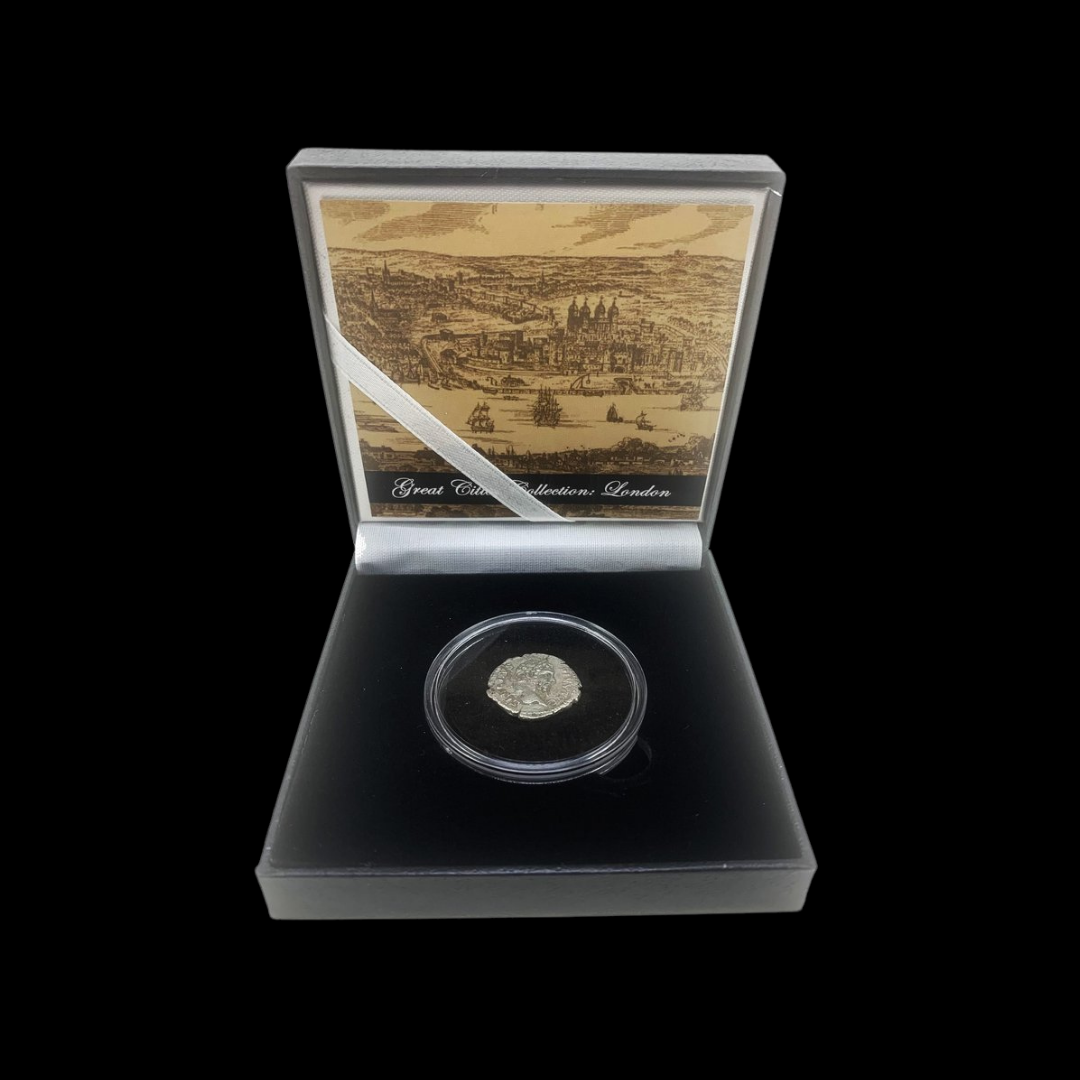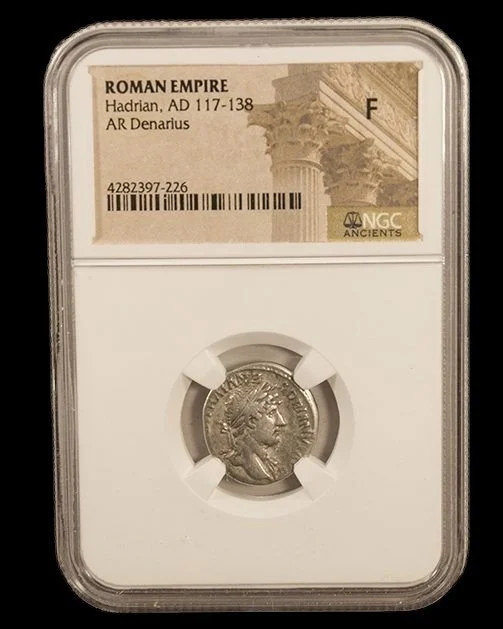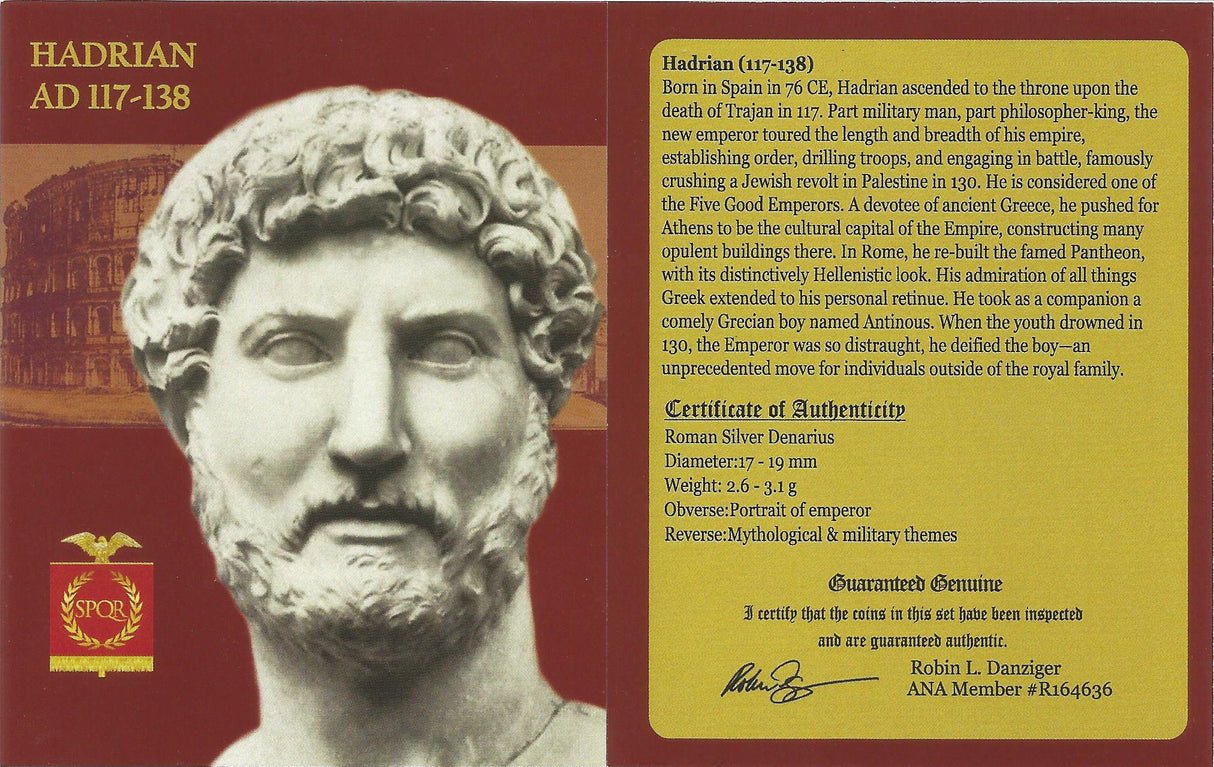 Image 1 of 7
Image 1 of 7

 Image 2 of 7
Image 2 of 7

 Image 3 of 7
Image 3 of 7

 Image 4 of 7
Image 4 of 7

 Image 5 of 7
Image 5 of 7

 Image 6 of 7
Image 6 of 7

 Image 7 of 7
Image 7 of 7








Roman AE4 of Theodosius I (about 1,625-1,645 years ago)
The coins shown are representative examples of the grade and type, but not the actual specimens for sale. For details on NGC’s grading standards and definitions, please refer to our NGC Grading page.
This small bronze coin was issued during the reign of Emperor Theodosius I, also known as "Theodosius the Great," who was the last emperor to rule over a temporarily reunified Roman Empire. These small denomination coins would have been used for everyday transactions throughout the empire during this pivotal period of late Roman history.
Coin Description:
Front side: Profile portrait of Emperor Theodosius I wearing an imperial diadem, with his name and titles in Latin around the edge
Back side: Likely features common late Roman imagery such as Victory figures, military standards, or Christian symbols reflecting Theodosius's strong religious policies
Technical Details:
Bronze composition (copper alloy)
AE4 denomination (smallest standard bronze coin)
NGC certified (Numismatic Guaranty Corporation)
Minted between 379-395 CE in various imperial mints
Condition: Certified by NGC, specific grade not provided
Historical Significance: This coin represents a crucial turning point in Roman history. Theodosius I briefly reunified the empire during his final years (392-395 CE), but upon his death, it was permanently divided between his sons Arcadius and Honorius. His reign saw Christianity firmly established as the state religion with the Edict of Thessalonica (380 CE) and the prohibition of pagan rituals. These religious policies, along with his administrative reforms, profoundly shaped both the Byzantine Empire and medieval Western Europe.
The coins shown are representative examples of the grade and type, but not the actual specimens for sale. For details on NGC’s grading standards and definitions, please refer to our NGC Grading page.
This small bronze coin was issued during the reign of Emperor Theodosius I, also known as "Theodosius the Great," who was the last emperor to rule over a temporarily reunified Roman Empire. These small denomination coins would have been used for everyday transactions throughout the empire during this pivotal period of late Roman history.
Coin Description:
Front side: Profile portrait of Emperor Theodosius I wearing an imperial diadem, with his name and titles in Latin around the edge
Back side: Likely features common late Roman imagery such as Victory figures, military standards, or Christian symbols reflecting Theodosius's strong religious policies
Technical Details:
Bronze composition (copper alloy)
AE4 denomination (smallest standard bronze coin)
NGC certified (Numismatic Guaranty Corporation)
Minted between 379-395 CE in various imperial mints
Condition: Certified by NGC, specific grade not provided
Historical Significance: This coin represents a crucial turning point in Roman history. Theodosius I briefly reunified the empire during his final years (392-395 CE), but upon his death, it was permanently divided between his sons Arcadius and Honorius. His reign saw Christianity firmly established as the state religion with the Edict of Thessalonica (380 CE) and the prohibition of pagan rituals. These religious policies, along with his administrative reforms, profoundly shaped both the Byzantine Empire and medieval Western Europe.


